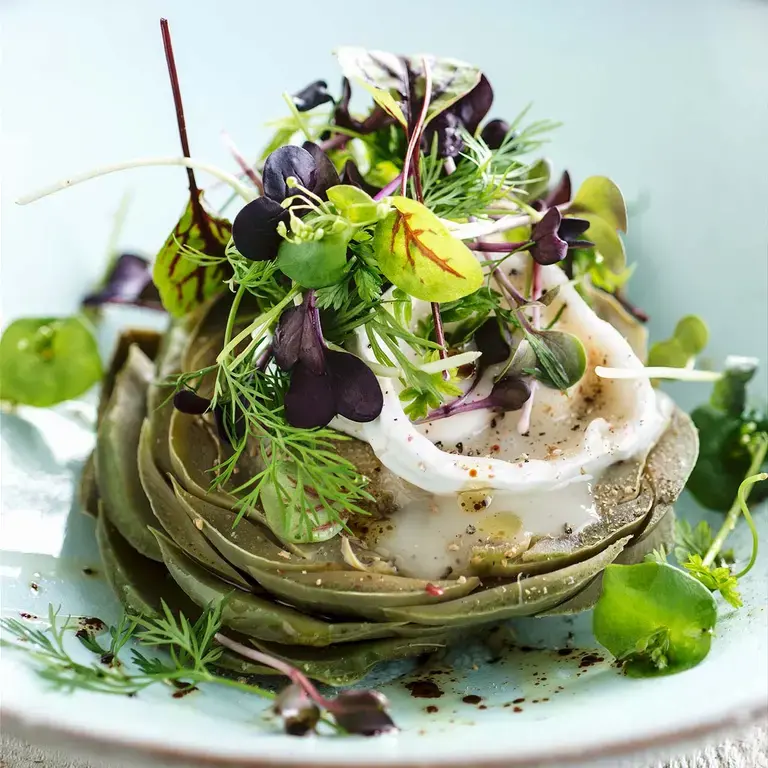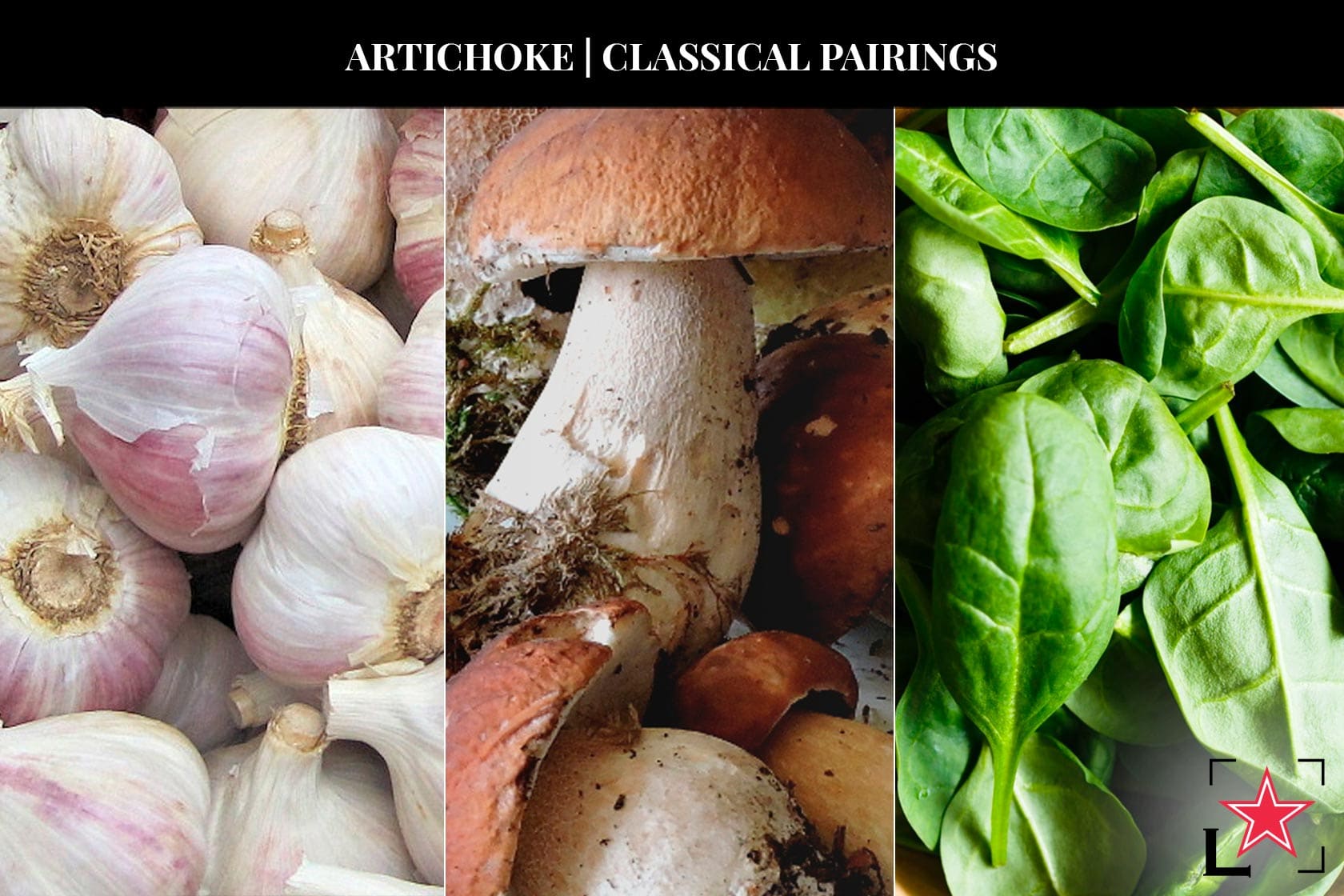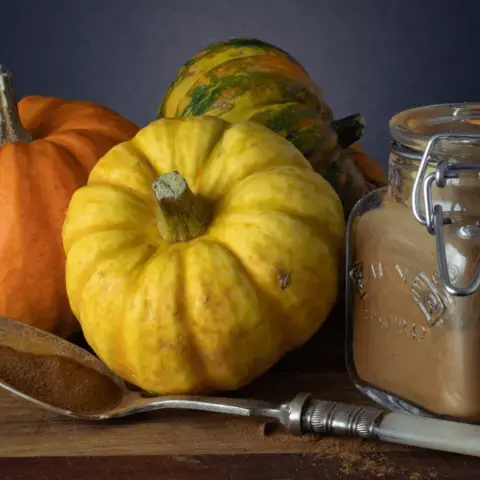The artichoke is a popular herbaceous perennial widely used in cooking: you either love it or you hate it. Both varieties, with or without thorns, become gradually sweeter as you make your way towards the tender white heart. An immature flower bud from the thistle family, we tend to see globe artichokes most commonly on sale in our supermarkets. There are also other variants, of course, including purple versions, baby artichokes and, not forgetting, earthy Jerusalem artichokes. Artichokes are also low in fat, while rich in fibre, vitamins, mineral and antioxidants. They’re particularly high in folic acid, and vitamins C and K.
The biggest challenge lies in finding the right wine pairing but you also have to be careful when teaming it up with other ingredients.
The problem lies in a chemical substance called cynarin which is naturally contained in artichokes. Our wine pairing “foe” is responsible for the sweetish, bitter and metallic sensations that emerge, according to the way in which artichokes are cooked and served. However, it also has a quality: it makes everything we eat after artichokes taste sweet. Here’s how to tackle it.















